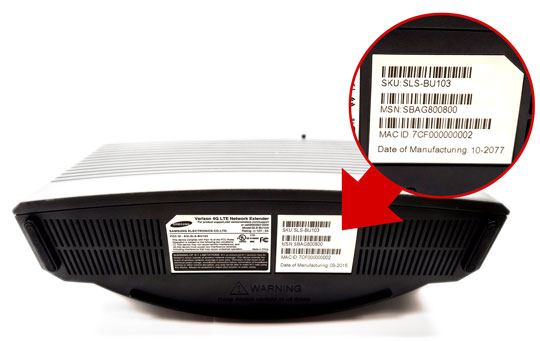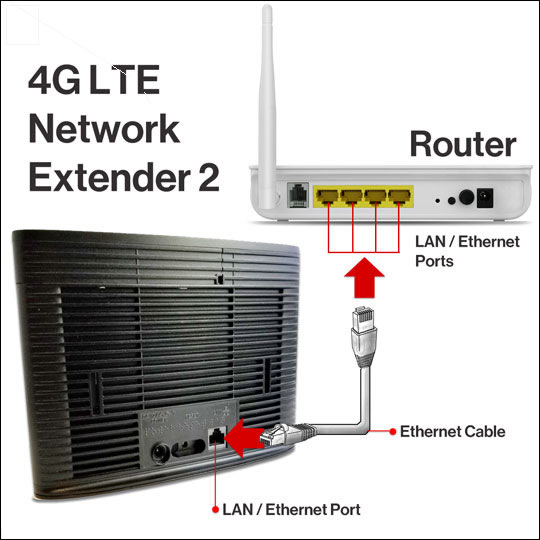
The problem with MBSFN is it’s not as dynamic. RELATED: T-Mobile’s Ray: DSS still ‘bumpy’ “Our customers have both options available.” But, “it’s a trade off,” he said, and it’s up to the operator to decide what to do. There are ways to optimize that, such as reducing the CRS signal power on the neighbor cells. Putting them side by side, “we see that CRS rate matching usually has 5G performance losses compared to MBSFN,” and if you get to a place with a lot of interference, this loss adds up pretty quick. That applies to all chipsets regardless of manufacturer, he said. CRS cancellation was not implemented on the 5G chipset because there’s no CRS with 5G, but with DSS, it enters the picture, and that’s where the problem happens. No 5G devices on the market have the ability of canceling the CRS interference, and that’s why there are performance issues on CRS rate matching. The iPhone 12 – Apple’s first 5G iPhone – supports both flavors of DSS. “They both have their pros and cons,” Tavares said of MBSFN and CRS rate matching. The Finnish vendor has DSS trials all over the world, but the deployment of commercial DSS is most advanced in the U.S. In fact, he said Nokia has solutions available for both MBSFN and CRS rate matching, and Verizon can use CRS rate matching in Nokia markets anytime it decides to go in that direction. market that came later in the year, noted Sandro Tavares, global head of Mobile Networks Marketing for Nokia. In early February, some vendors were more aggressive than others in marketing their DSS solutions, but in practice, no one had a commercial solution ready for the U.S. But it comes with this penalty, right now, due to interference,” he said.Įarlier this year, T-Mobile’s Ray said one of the major network equipment vendors was “very late” when it came to DSS, and while he never identified the vendor by name, many inferred it was Nokia. That’s why the way Ericsson is doing it is what operators want. “If you’re going to allocate spectrum or capacity between 4G and 5G, you want it to be as dynamic as the traffic in your network. In its Nokia markets, it’s using Multicast Broadcast Single Frequency Network (MBSFN).Īccording to Thelander, CRS is what operators want because it’s the most dynamic in terms of how they can allocate capacity between LTE and 5G as the traffic shifts. In Verizon’s markets where Ericsson is the vendor, it’s using something called Cell Reference Signal (CRS) rate matching. In its report, SRG noted there are at least two ways of deploying DSS. Gordon Mansfield, AT&T’s VP of Mobility & Access Architecture, said during a recent Fierce 5G virtual event that DSS is a great tool that AT&T and others will continue to use. In Plano, Texas, they tested DSS on the AT&T network that uses Ericsson equipment.ĪT&T is an example of an operator that uses DSS only when it needs to use it. SRG tested DSS on Verizon’s network in two markets: Minneapolis where Ericsson is the vendor and Oklahoma City where Nokia is the vendor. “DSS is kind of that tool that allows them to make a migration from 4G to 5G data traffic, but definitely today, there’s a penalty to be paid.” The converse of that is if an operator didn’t have DSS at its disposal, it would be stuck and have to turn off LTE in order to turn on 5G, and that’s not a good situation. “DSS definitely has its challenges,” Thelander told Fierce. Mike Thelander, CEO and founder of SRG, said he agrees with Ray when it comes to performance issues related to dynamic spectrum sharing. T-Mobile is aggressively rolling out 5G using the 2.5 GHz spectrum it acquired with Sprint, and with that, it has the ability to change the 5G landscape, according to SRG. The analysts also noted that any low band 5G NR deployment, with or without DSS, can’t deliver data speeds that most consumers associate with 5G. RELATED: Verizon CTO: We’re thrilled with DSS performance

Signals Research Group (SRG) on December 1 published a report on its DSS study in which the firm said they’re fans of DSS due to the flexibility it provides operators when migrating from LTE to 5G New Radio (NR), but disappointed by the performance it currently delivers.

“We'll still be optimizing and working on it as it is new, but it is absolutely meeting our targeted engineering requirements at the moment.”īottom line: It’s a work in progress. So we've been spending a lot of time on it, and it's working well,” Malady said at a Wells Fargo investor event. “We've been spending a lot of time on this with our vendor partners with Ericsson, Nokia, Samsung as well as Qualcomm, and our OEMs like Apple.


 0 kommentar(er)
0 kommentar(er)
